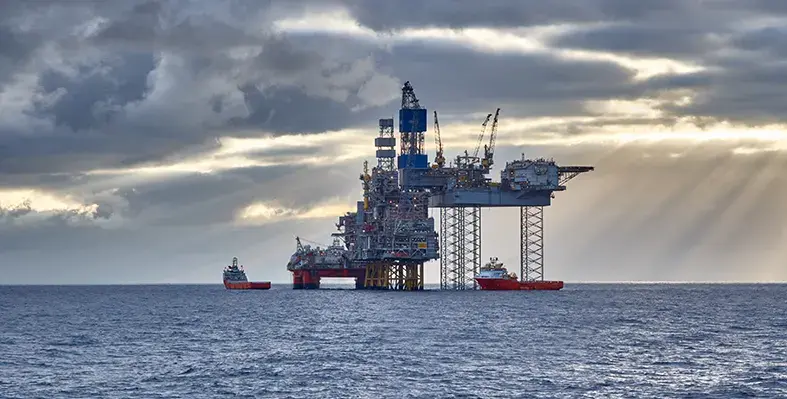Sahil Kochhar, head of Presales, Miros outlines the benefits of smart, data-driven solutions for effective jack-up operations
For around 70 years, jack-up rigs have been at the forefront of offshore oil and gas exploration, acting as mainstays for drilling and production activities in most of the world’s hydrocarbon hotspots.
These mobile, self-elevating platforms provide stability in dynamic marine environments but, by their very nature, they are also often required to work in some of the most challenging environments known to the industry. They face significant challenges from waves and currents, which can drive structural integrity concerns and create potential safety issues.
The solution to this issue lies, as it so often does in offshore operations, in leveraging real-time environmental data. In the case of jack-ups, air gap measurements and wave/current monitoring are of particular criticality. By adopting cutting-edge solutions and technologies, operators can unlock new levels of performance, reduce risks, and optimise their offshore operations.
Understanding the air gap
The air gap refers to the vertical distance between the highest anticipated wave crest and the underside of a jack-up rig’s hull or deck.
Maintaining an adequate air gap is essential for structural integrity and operational safety. If compromised waves can slam into the structure, increasing stress on the platform and endangering personnel.A well-calculated air gap, however, ensures stability, reducing downtime caused by rough sea conditions. It also avoids repeated wave impact, minimising the chances of fatigue, cracking, and deformation, extending the service life of the rig.
Real-time measurements
Real-time measurements capture key sea state parameters such as wave height, wave period, direction, current speed, and current direction. Up to the second data is gathered from various advanced sources - including wave buoys, radar systems, and subsea sensors – and used to inform decision-making, improve operations and enhance safety.
Actual conditions can often deviate from forecasts, but real-time readings of the sea-state removes the ambiguity, guaranteeing informed, timely decisions. Dynamic positioning and preload operations also benefit from wave and current insights, reducing risks of leg slip and seabed instability, while continuous monitoring highlights structural stress points early, allowing for pre-emptive action before maintenance issues escalate.
Enhanced jack-up operations through data-driven insights
The safety of people, the environment and assets are of the upmost importance during any offshore operation, be it with a jack-up rig or otherwise. With real-time wave data, operators can maintain safe clearance under the rig, preventing wave impact damage and guaranteeing structural integrity.
Continuous monitoring helps operators determine the best conditions for rig movement and positioning, improving efficiency, reducing costs and minimising the chances of an unexpected incident occurring.
Historical data also enhances future jack-up designs and operational procedures, fostering long-term resilience and reliability. Solutions like Miros’ RangeFinder and Wavex provide an integrated approach to monitoring critical environmental factors, serving as an example of how real-time measurements can contribute safer and more efficient jack-up operations.
How AI and predictive analytics are reshaping offshore operations
By combining RangeFinder’s precise air gap measurements with Wavex’s real-time wave data, operators get a holistic monitoring system for jack-up operations. With this powerful combination of live insights, operators gain a comprehensive view of their offshore environment, allowing them to make informed, data-driven decisions; reduce operational risks and enhance safety; and increase overall efficiency and reduce downtime.
As nearshore oil and gas reserves dry up and offshore exploration moves into deeper, more unpredictable waters, the role of real-time environmental data will become even more critical. Emerging technologies, like Miros’s PredictifAI – which pairs radar technology with Artificial Intelligence (AI) to predict waves and vessel motion – offer the potential to refine predictive analytics, allowing operators to anticipate and respond to changing sea states with unprecedented accuracy. By embracing these innovations, jack-up operators can drive greater safety, efficiency, and long-term profitability in their offshore ventures.
In an industry where precision and resilience are paramount, the future of jack-up operations depends on integrating smart, data-driven solutions that enhance situational awareness and enable proactive decision-making.
The power of real-time data in jack-up operations

Continuous monitoring helps operators determine the best conditions for rig movement and positioning. (Image source: Adobe Stock)








